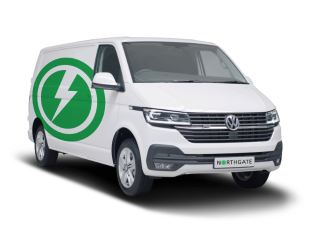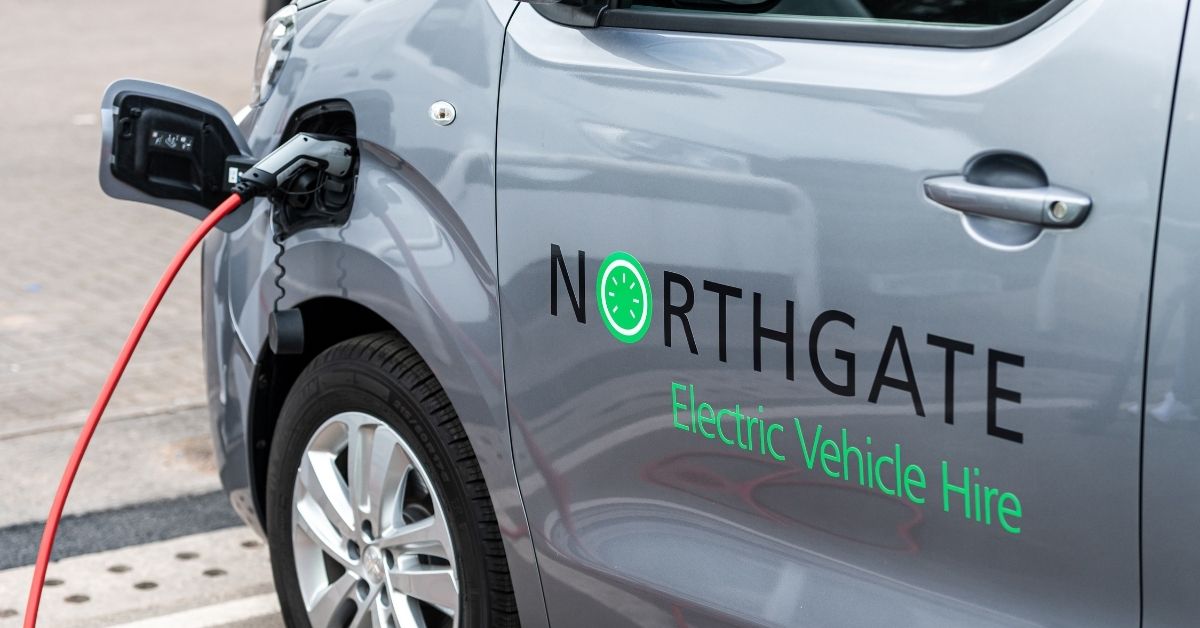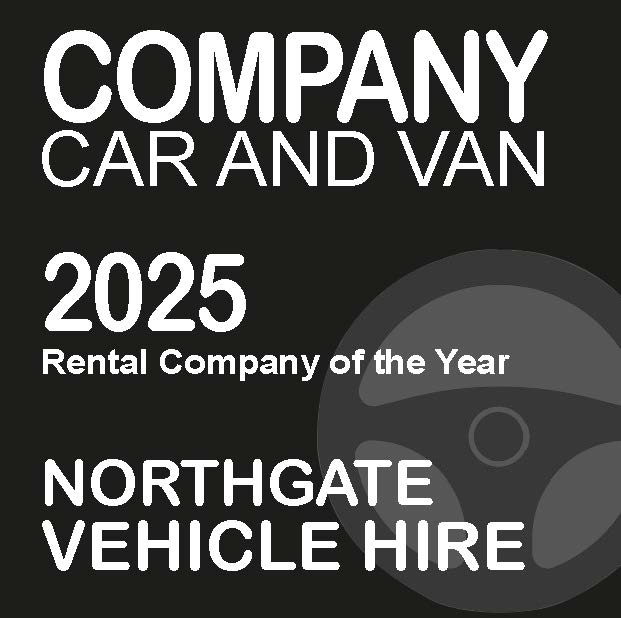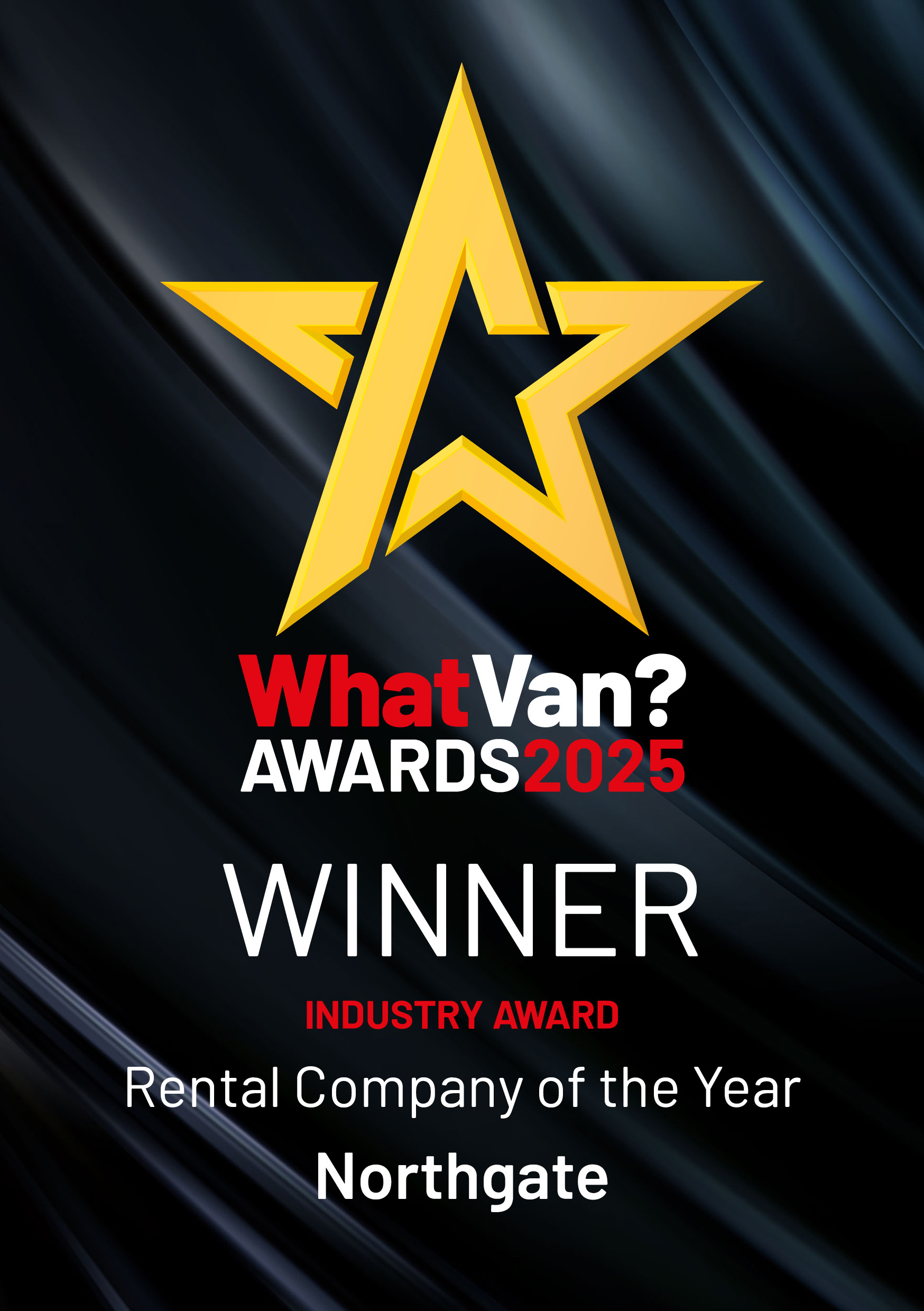Electric vehicles versus hybrid: what’s the difference?
![]() 06/05/2021
06/05/2021![]() 14 minutes read
14 minutes read
For business use, are hybrid vehicles a good compromise to going fully electric? This is a confusing but fundamental question.
Many vehicles are described as electric or ‘electrified’, but there can be big differences in what you get. A bit like the phrase ‘eco’, the meaning behind ‘electric’ can be vague.
Quick Reference:
- DEB: On sale now and post 2035
- PHEV: On sale until 2035
- HEV: On sale until 2035
How can you tell what type of electric vehicle you have?
Let’s start with two simple checks:
- Does it have a plug… Yes. Good. So, we have either a Battery Electric Vehicle (BEV) or a Plug-in Hybrid Electric Vehicle (PHEV).
- Does it have an exhaust pipe? If no, it is a BEV. If it has an exhaust, then it is a PHEV, as all hybrids have an Internal Combustion Engine.
This may then lead you to the conclusion that all hybrids have a battery and an engine and a plug…well, no – there are also Hybrid Electric Vehicles (HEV).
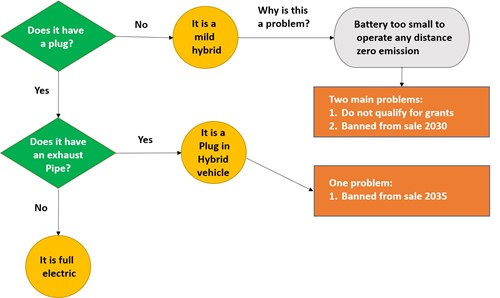
Hybrid Electric Vehicles (HEV)
There are two main types: range extenders (series) and mild hybrids. The mild hybrid is about as close as you can get to a pure Internal Combustion Engine (ICE) - this because the battery in a mild hybrid is so small that it is impossible to drive on the battery alone. In contrast, the series hybrids use the engine only to make electricity. The electricity a series hybrid generates is then used by the motors to propel the vehicle, the same way a PHEV and BEV does.
What is the best choice for businesses: electric or hybrid?
Think about what the vehicle does and where it goes. An example of scenarios:
- Parcel delivery, light load daily less than 100 miles - BEV
- Full load on quoted range limit BEV if you are confident in getting a top-up charge -BEV
- Long-distance daily travel with load – ICE and PHEV
- Long-distance very rural where you know there is no infrastructure- Diesel and PHEV
A PHEV van can seem as though it is the best of both an electric and an ICE vehicle, but unless they are used optimally this is rarely the case.
The appeal of hybrids is that you can run on electric for short journeys whilst having the back up of a combustion engine for longer trips or heavier payloads. This can make hybrids seem as though they are a good compromise to going fully electric, yet there are two big downsides.
Firstly, the cost of manufacture and maintenance both increase. Manufacturers must take extra steps to build an ICE and a BEV in the same vehicle – and this usually translates to a higher price tag. Secondly, when a PHEV runs on its combustion engine, it can be less fuel-efficient and more polluting than diesel alternatives. PHEVs, therefore, have little of the benefits of an actual BEV, particularly if they are not regularly charged.
PHEVs also fail to live up to BEVs in a key area: maintenance. BEVs have no moving parts and their brakes wear less due to regenerative braking, and this means they are cheaper to maintain and require less expense on brake pad replacements. So, in choosing PHEV instead of a BEV, you would be missing out on a big plus of battery vehicles – their lower maintenance costs.
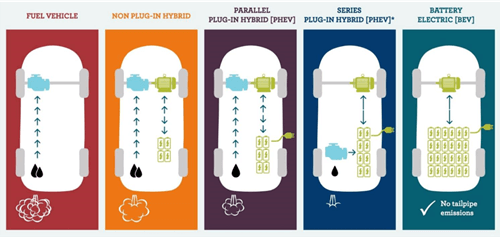
The different types of combustion, hybrid and electric vehicles
Eligibility for Help to Buy Grant is a key difference
Not all hybrid vehicles meet the emissions standards for the Help to Buy grant. For vans, the low emission standard for the grant is 75gCO2/km or less and the ability to travel at least 10 miles without any emissions.
Given that the grant currently pays for 20% of the purchase price of eligible vehicles, you may find there’s a significant financial incentive to choose an electric vehicle that meets the low emission standard.
PHEVs are not exempt in fully implemented Zero Emission Zones, even if running in Zero Emission Mode. This means a daily charge of £12.50 to enter these zones with a PHEV.
Battery Electric vehicles are a future certainty
With the chance that the current emissions standards set by the government become stricter, BEVs are a far more future-proof option when compared with PHEVs. Not to mention the 2035 ban on new sales of hybrid vehicles which makes their end inevitable.
As BEV technology and infrastructure continue to improve, there will be fewer reasons to choose hybrid vehicles from a practical standpoint.
More about our author
Dr Colin Herron, MD Zero Carbon Futures, Visiting Professor Newcastle University
Colin has worked in or with the automotive industry for nearly 48 years with 16 years as an engineer at Nissan. Since 2008 Colin has specialised in EV either project managing infrastructure roll-out or researching vehicle technology. Currently MD of a small not for profit consultancy Zero Carbon Futures owned by Newcastle University where Colin is also a Professor
Are you thinking of making the switch to an Electric Fleet?
SPEAK TO THE EV TEAM